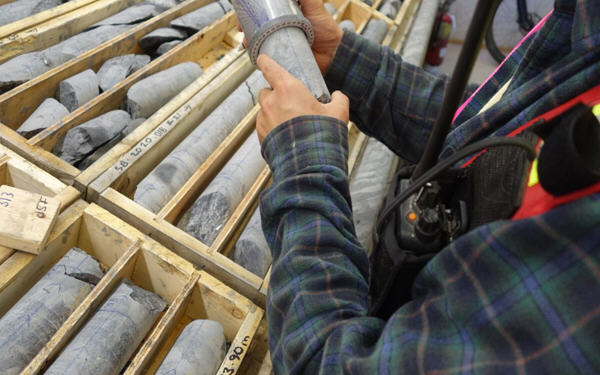
Nickel prices have fallen 45 per cent in the last year and are now hovering around $17,000 per tonne due to a severe oversupply, coupled with a slowdown in the global economy, among other factors.
Due to low-priced nickel from Indonesia continues to flood the market, half of the world’s nickel mines fail to make money nowadays. A number of mining giants bosses have recently issued warnings that their nickel business profits have shrunk dramatically, or are in the red, and that there are fewer hope for recovery in the short term.
According to USGS (U.S. Geological Survey) data, the global nickel reserves in 2019 was 89 million tonnes, and the regional distribution is more concentrated, the top three countries Indonesia, Australia, Brazil together accounted for about 60% of the global nickel reserves. Among them, Indonesia and Australia accounted for more than 20%, and China only accounting 3% of global reserves.
Therefore, as the nickel price continues to fall under, Australian nickel miners suffer the most. Last month, Australia’s battery metal producer IGO Ltd said, due to low prices, the company will place Western Australia Cosmos nickel project under maintenance, while cutting annual lithium production estimates.
And Canadian mining giant First Quantum Minerals has also announced that it has decided to cut costs by suspending operations at its Ravensthorpe nickel and cobalt mine in Western Australia due to the plunge in nickel prices in 2023, a decision that will lead to forced job cuts of 30 per cent.
Macquarie Group data shows that 35 per cent of nickel production is unprofitable when the price of nickel is $18,000 a tonne, and 75 per cent when the price falls to $15,000 a tonne.
Mining giant BHP Group will have to decide in the coming months whether to shut down its flagship nickel operation in Australia, the company’s chief executive, Mike Henry, said. BHP has written down that part of the business by $2.5 billion and expects the market to remain oversupplied until at least 2030. And just a year and a half ago, BHP announced nickel supply agreements with Tesla and Toyota, identifying nickel as a key pillar of the company’s business growth.
On 16 February 2024 local time, the Australian federal government added nickel to Australia’s Critical Minerals List, making it easier for struggling mining companies to access the federal government’s A$4 billion Critical Minerals Fund. But despite this, it is a drop in the bucket for the industry as a whole.
Gary Nagle, chief executive officer of Glencore Plc, expects nickel prices to remain subdued. Nagle said, “We think Indonesian production will continue to grow and we don’t expect nickel prices to recover significantly in the short to medium term.”
The nickel market is expected to have a surplus of 241,000 tonnes in 2024 and 204,000 tonnes in 2025, according to a Reuters survey, and will remain oversupplied for the next two years.